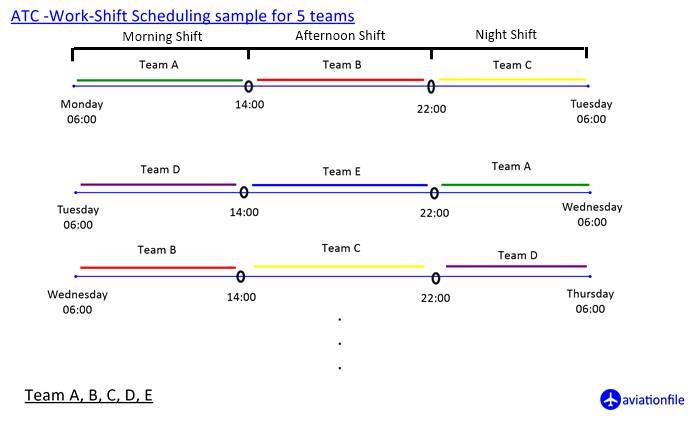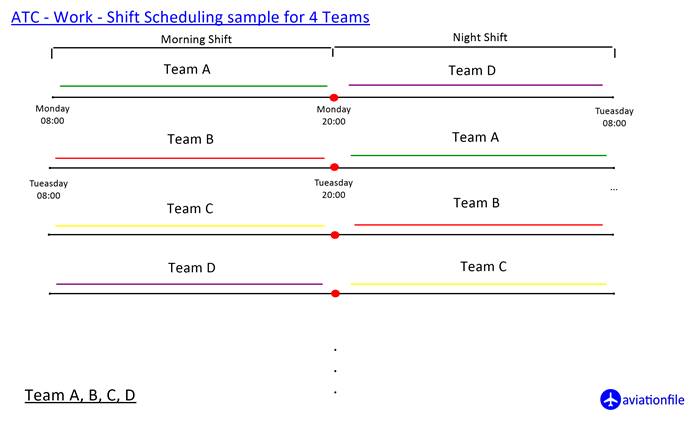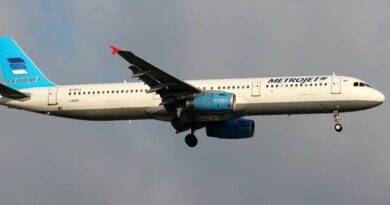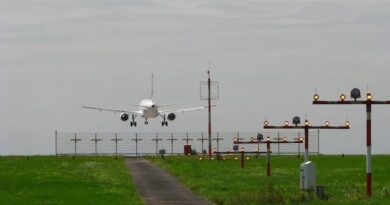Air Traffic Controller Work-Shift Design
In this article, we will look at the work-shift designs for air traffic control units operating 24 hours a day. Shift arrangement is important in terms of ATC performance and affects ATM service quality. A properly designed program reduces ATC fatigue and helps preventing incidents caused by fatigue and lack of concentration in the medium and long term.
Shift management includes many variables. While making the shift arrangements, many factors such as the density of the working unit, the location of the unit and transportation opportunuties, the number of rated air traffic controllers, seasonal density differences are taken into consideration.
5 Team ATC Work-Shift Design
Let’s see how a 5-team shift scheme works. Let’s assume that, there are 40 controllers in total and the operation will be carried out with 5 teams. Therefore, each team has an average of 8 controllers and teams are formed this way (manager and supervisors may not be included in this team planning).
Later, this is planned in what time intervals and in what transformation these 5 teams will work. This planning can be done in more than one way. One of the methods used in practice is as follows: a day is divided into 3 parts.
The morning shift can be between 06:00 and 14:00, after the morning shift between 14:00 and 22:00 in the afternoon / evening shift. Then, it can be set as night shift between 22:00 and 06:00. You will see a chart of this planning below. I would like to remind you a point here, the hours and intervals may vary due to the structure of the unit being worked on. And different arrangements can be made in the same unit according to seasonal needs.

Units With 4 Teams
Let’s look at how shift arrangements can be made in units that work with 4 teams. As I mentioned in the 5-team arrangement, the planning in the figures may vary according to the needs of the unit being worked on. You can see a roughly planned 4-team arrangement in the figure below.

In the units that are open 24 hours a day, 7 days a week, 4 or 5 team arrangements are used generally. However, sometimes 3 teams or 2 teams’ arrangements can be used in units with relatively low air traffic density. There are also designs for 3 teams where the teams are working a full day with 24 hours and then in an off position for 2 days.
For more articles click.
For more reading; The Air Traffic Controller Work-Shift Scheduling Problem in Spain from a Multiobjective Perspective: A Metaheuristic and Regular Expression-Based Approach


